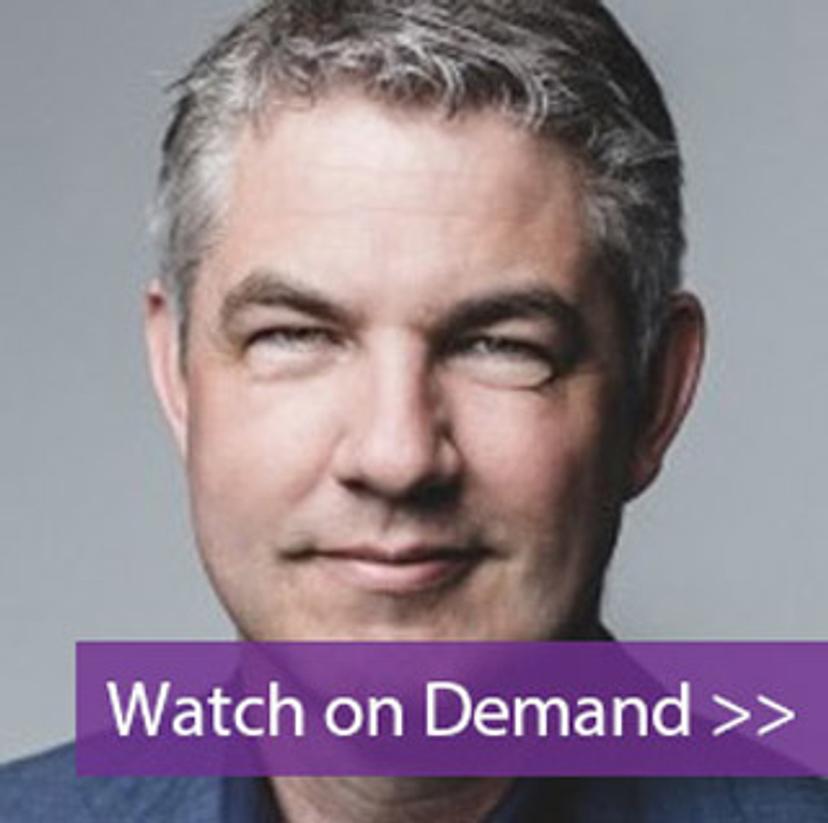How biobanks are driving innovation in oncology: Watch on demand
Check out this free webinar to find out how biobanks are aiding the screening of cancers such as colorectal and breast cancer
3 Nov 2021

Cancer screening programs have almost come to a halt since the SARS-CoV-2 virus took hold. Colorectal and cervical cancer screening can, in some places, be done via a hybrid method of phone and kits for self-collection of samples; for breast cancer, this is clearly not an option1. The delay in diagnosis and starting treatment can have severe consequences for the patients involved and indirectly also for research. In Europe alone, there are 46 biobanks involved in collecting, storing and managing samples of the aforementioned cancer types that have also seen their work change.
In this on-demand SelectScience webinar, biobanking expert Erik Steinfelder explores the role of biobanks in oncology research going forward and how their power can be fully unleashed to benefit the patient.
Read on for highlights from the live Q&A session or register to watch the webinar at a time that suits you.
Watch on demandWe know from the presentation, biobanks are crucial going forward. But how will biobanks be acknowledged for the work that they have done, and is this sustainable?
ES: Sustainability is really a big issue. Some universities accept and say, “The number of publications you're involved in might help." Others look more at cost recovery. You can be compensated financially in some shape or form for the work that you have been doing at the biobank. We know that combining cost recovery and looking at the scientific publications, in most cases, it's not enough to be fully sustainable. Funding from other sources is always crucial and it is important to make sure that biobanks are acknowledged, and that they are referred to when breakthroughs are mentioned and achieved. A lot of the work could not be done without the help of the biobanks.
Can you share if biobanks can support non-communicable or infectious diseases in a similar way to cancer?
ES: There are many biobanks focusing on other types of diseases, rare diseases, heart diseases or diabetes, that are completely different to oncology. It is important to look at that as well, and biobanks can certainly play a role. I think oncology is the most well known and that is where the most research funding is. However, that does not mean that biobanking cannot help in all these other areas. If you are researching in a specific area, I'm sure there is a biobank focusing on that disease or specific case as well and we can help you to connect. There is a directory with biobanks that show what kind of collections they have. I believe it is important for the biobank and researchers to focus together to ensure that available samples and data are utilized for future research.
What type of certifications are required for the human biosample biobanking?
ES: It depends on your region, but in general, what we say is that it is helpful if you look at the best practices that ISBER produced, but also the new ISO 2837 standard. That is a good first step to go towards standardization and I think that's crucial going forwards. For specific diseases or specific research or if you include diagnostical therapies, there might be additional compliance needed. We're more than happy to look into those specific cases.
Can you advise the best way to advertise or promote a small biobank?
ES: It is important to showcase what you have. One of the most common ways is presenting on a stage via poster or oral presentations at the bigger conferences. That can be at the biobank conferences that are well known from the Europe Biobank Week or ISBER. But you also have the oncology conferences such as ESMO. Try to see if you can pitch your research there and share to the audience there.
Last but not least, what really is effective, is still social media. You can share via LinkedIn or via Twitter, "This is what I'm doing. This is what I'm looking for. This is the kind of partnership I'm looking for." That can be quite effective and also cost-effective. If you have to do a full marketing campaign or have professional communication, it requires some resources that might not always be possible, especially when you're a smaller biobank.
Missed the live presentation? Don't worry - this presentation is now available to view on demand>>
